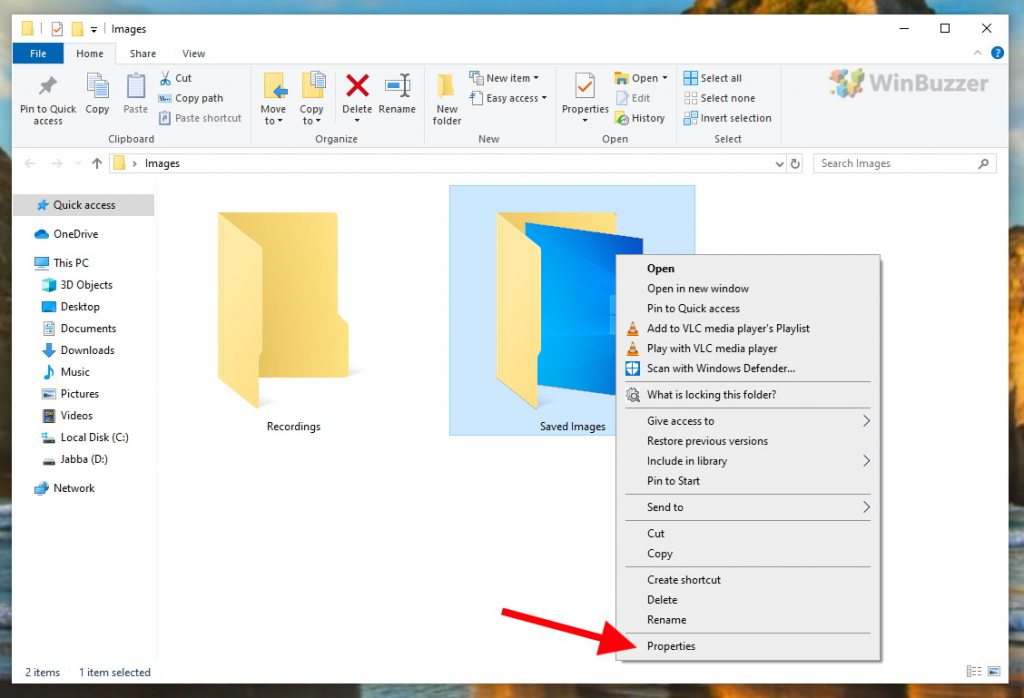
You can also sort and group folders by size.You can also select whether you want the folder to be sorted in Ascending or Descending order.Click on “Sort By” from the pop-up menu.Right-click anywhere in the File Explorer.How to Sort by Folder Sizeįollow these easy steps to sort by folder size: This is through the use of the Total Commander Plugin called VisualDirSize 1.2.

There is also a visually intuitive way to show folder details including the size. This will show the text information such as its size, number of files, and directories in that folder.Select the folder or directory you want to view the size.Note: /var is a sample folder for illustration purposes The steps to follow to show folder size on Linux include: Getting the folder size on Linux requires you to use a simple command called du – which means disk usage. You can also use the “Shift+Command+P” key combination after you have selected a folder in the Finder window.

Select the folder you want to check the size.This will show the folder details, including the size. Press “Command + I” to launch the “Get Info” panel.Select the folder you want to know the size of.Check on the “Size” then the “Calculate all size” box from the drop-down menu.Select “as List” from the drop-down menu.Open Finder on Mac and click on “View” on the Menu Bar.If you want it prettier: switch((ls -r|measure -sum Length). Furthermore it will likely count symlinks and junctions multiple times so it's at best an upper bound, not the true size (you'll have that problem with any tool, though).Īn alternative is PowerShell: Get-ChildItem -Recurse | Measure-Object -Sum Length So it will get sizes above 2 GiB wrong 1. However, this has several problems because cmd is limited to 32-bit signed integer arithmetic.

You can just add up sizes recursively (the following is a batch file): offįor /r %%x in (folder\*) do set /a size+=%%~zx


 0 kommentar(er)
0 kommentar(er)
